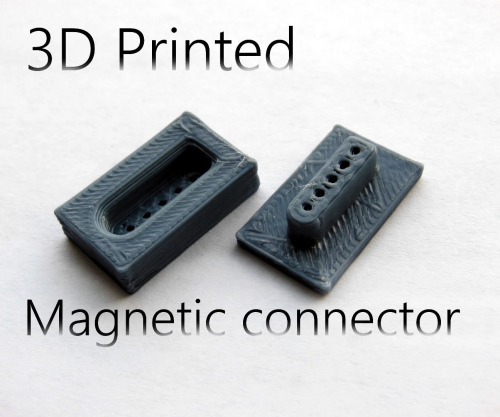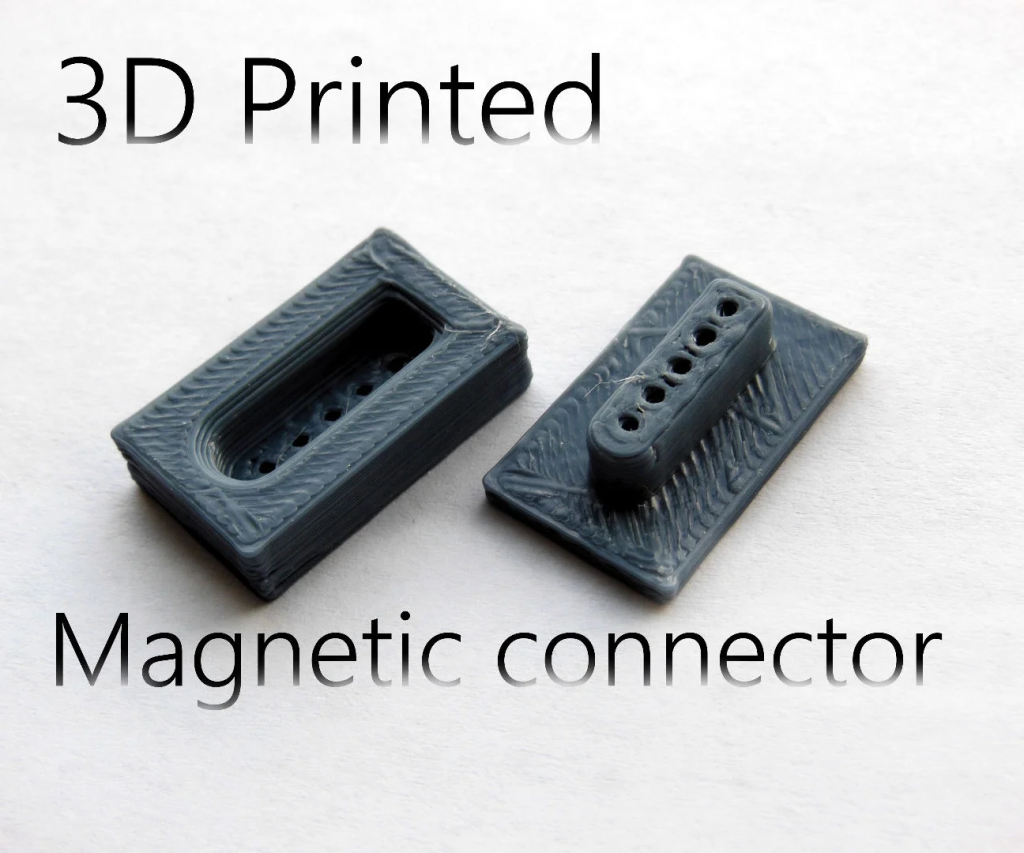Learn about 3D printed connectors
Electrification drives the need for fast and economical low-volume production of connectors. In areas such as electric vehicles, drones and autonomous robots, suppliers use 3D printing technology to meet this demand.
Traditional electronic connector manufacturing relies on injection molding. Manufacturing steel molds is costly and time-consuming, making it suitable for mass production. When producing in small batches, the cost becomes unaffordable. Market demands change rapidly and designs are frequently modified. It is particularly important to test and adjust before mass production.
3D printing technology continues to advance, the production options for connectors are increasing, and full production is just around the corner.

Customization and prototyping
3D printing plays an important role in prototyping connector manufacturing, significantly reducing turnaround time from 20 weeks to four weeks , and 3D printing shows great potential in producing insulators. Customers require different conductor arrays, and 3D printing eliminates expensive mold manufacturing and shortens the product development cycle.
Application and testing
The U.S. Army designed connectors for ground vehicles under tight deadlines for rapid prototyping, and bench testing became a common application, with the electrical performance of sample cables comparable to production products.
Environment and Performance
There are differences between lab and field environments. Connectors are limited in temperature resistance, usually to 200°C, with 125°C being the limit where problems start. While higher temperature materials can be used, detail and strength may be sacrificed.
Design and sustainability
The best designs should be designed for 3D printing rather than injection molding. This reduces post-processing time and ensures easier cleaning. The use of bio-based resins and powders improves the sustainability of 3D printing, and the remaining powder can be recycled, reducing resource waste.
The emergence of 3D printed connectors is changing the way electronic products are manufactured, providing more flexible and efficient solutions.
Design Description
- 3D printed connectors can be produced in as little as 4 weeks (or less), whereas injection molding can take several months (up to a year).
- Standardized 3D printing is well suited for producing any type of custom connector in small batches for prototyping, testing, and sometimes for final products. As quality improves, 3D printing is getting closer to producing production-quality connectors that meet military and other standards.
- Material specifications 3D printed connectors are usually made of polymers. Some metals can also be 3D printed. The polymer must be electrically insulating, dimensionally stable, and able to withstand high temperatures.
- Processes SLA (stereolithography) and DLP (digital light processing) are two 3D printing processes commonly used to produce connectors.
Markets and Applications
3D printed connectors are currently used in a range of applications, including military and aerospace; automotive prototyping; electric vehicles, eVTOL and drones.










